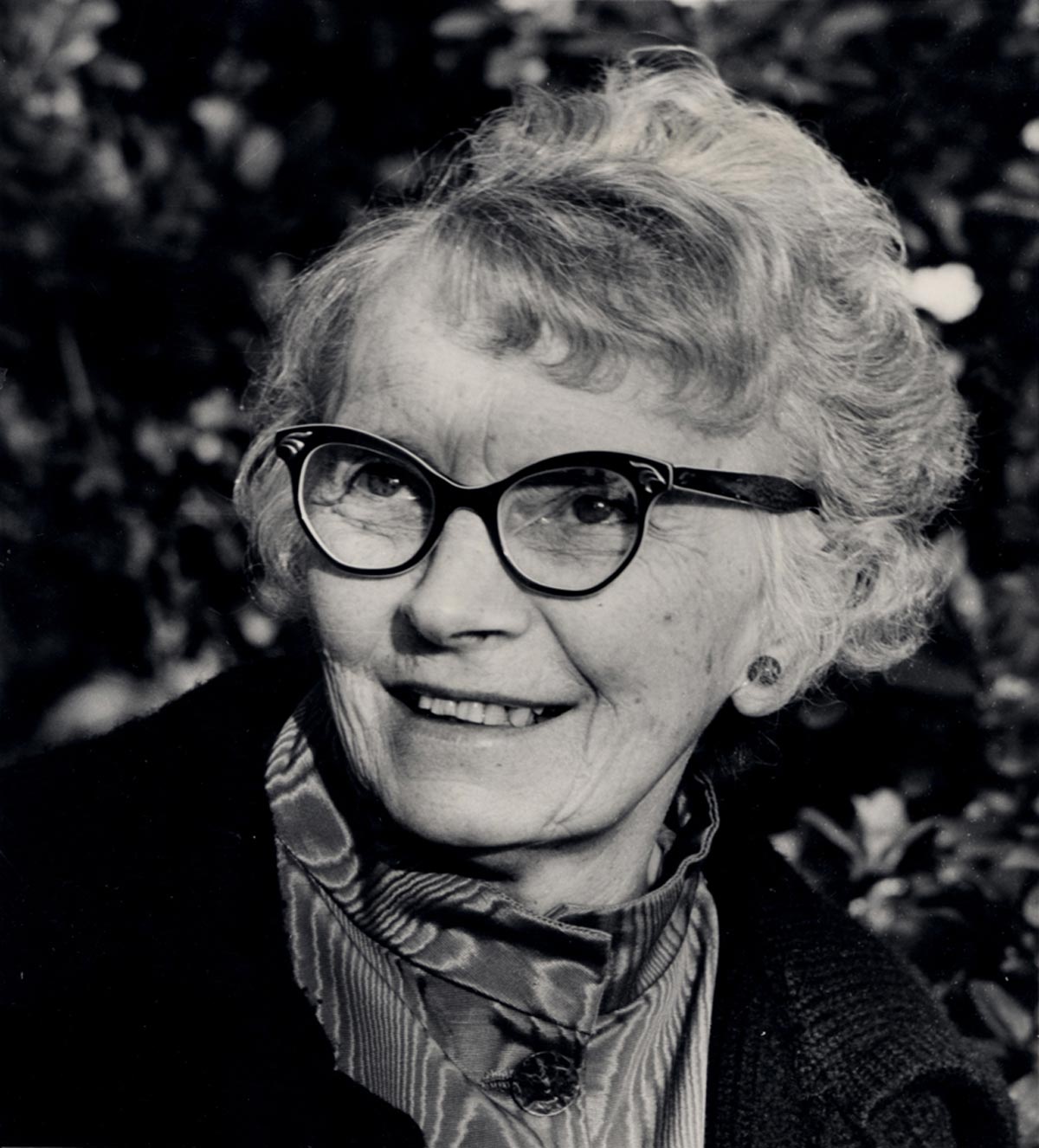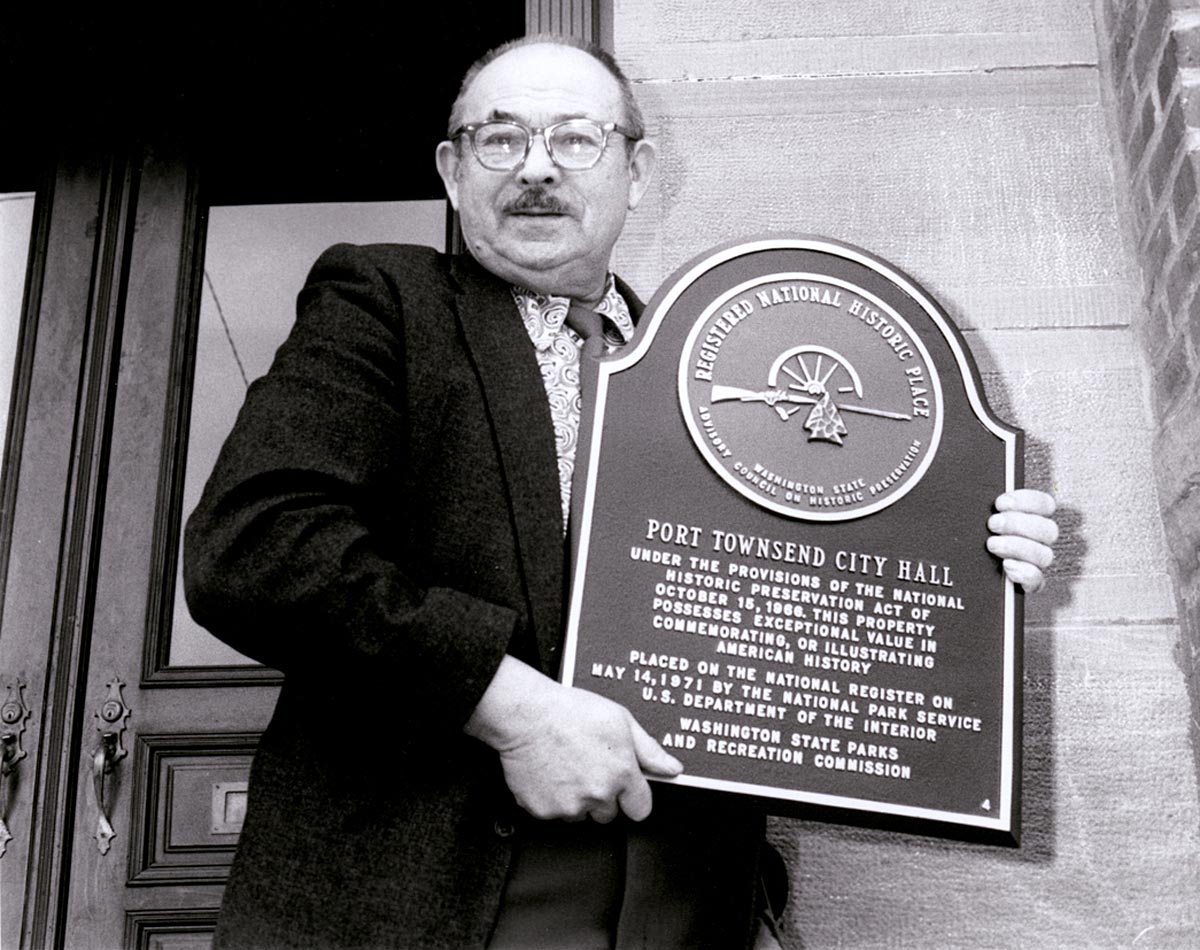Preservation
The Story Behind Port Townsend’s National Historic Landmark Districts.
Why are there so many Victorian buildings here?
“Port Townsend is a museum and you are the caretakers.”
~ Victor Steinbrueck, 1961
Top image: Carnegie Library (JCHS 2005.74.10)
From its very early days, Port Townsend had a sense of destiny. The city’s founders, including Pettygrove, one of the founders of Portland, Oregon, believed that they were building the Manhattan of the West. They took pains to preserve artifacts of the city’s early days, many of which are now housed in the Jefferson County Historical Societies archives.
They declared their settlement on the rocky shores to be the “Key City” and, indeed, for those early decades it was. From 1870 into the 1890s Port Townsend was both port of call and shipping nexus. The city boomed and fortunes were made. In 1880 President Rutherford Hayes visited Port Townsend as part of his tour to restore national harmony in the wake of the Civil War.
Viewed from the 21st Century, it helps to recall that Port Townsend and Seattle were founded the same year. The Denny party arrived on Seattle’s Alki Beach the same year that Pettygrove, Loren Hastings, and company arrived in Port Townsend. Port Townsend had the advantage of being closer to the Pacific coast with a reliable prevailing wind. For ocean-faring sailing ships anxious for harbor, Port Townsend was the first refuge. The new Federal government recognized this importance and built the Customs House here as the required Port of Entry for ships from the Far East, Alaska and the Sandwich Islands.
With these early advantages, the city accumulated wealth and a sense of pride which still lingers.
The financial crashes, particularly the Panic of 1893 tipped the balance towards Tacoma, Seattle, and the burgeoning east Sound communities. Railroad contracts were awarded to other destinations. Shipyards relocated to the larger cities.
Still Port Townsend aspired to greatness.
And there were points of brightness. A hospital, unusual for a community of this size, continued to grow and employ local residents. Fort Worden was built in 1897 bringing soldiers to bolster the economy. And the Crown Zellerbach Company developed a kraft paper mill on the edge of town in the 1920’s, becoming the city’s largest employer.
The city’s entrepreneurs had poured their money into great buildings in anticipation of industry and grandeur. Many of the historical buildings around you were built in the 1880s and 1890s. The facades of these ornate stone, brick, and cast iron structures memorialize the names of their builders.
Economy and geography collaborated to waylay the region’s dreams and many of those buildings’ upper stories would never be occupied. The splendid houses of Uptown, many of them still incomplete in the 1890’s, stood vacant or were completed in far simpler fashion than their initial plans.From the 1900’s to the 1960’s Port Townsend stood still – urban development largely ceased, and while most buildings remained intact, few were maintained.
But the architecture was strong enough to withstand the decades of neglect. By the 1970’s the town began to attract artists and authors. An interest in 19th Century history and preservation was sweeping the nation. In a pivotal moment, a building owner sheared the elegant bay windows off the front of one of Port Townsend’s landmark buildings, galvanizing residents’ zeal to preserve what became known as the city’s legacy.
Mary Johnson with the help of her husband, Harry, set about restoring the C. F. Clapp building Downtown and the Bartlett House Uptown. Their work and advocacy culminated in Uptown and Downtown Port Townsend being designated as National Historic Landmark Districts. Johnson’s legacy lives on: many of the city’s old homes and buildings proudly display their Mary S. Johnson Award certificates, recognizing their work at restoration and preservation.

Mary S. Johnson ca 1960 (JCHS 2012.2.1301)

Mayor of Port Townsend holding district designation plaque in 1971 (JCHS 2005.40.1316)
Learn More of Our History
